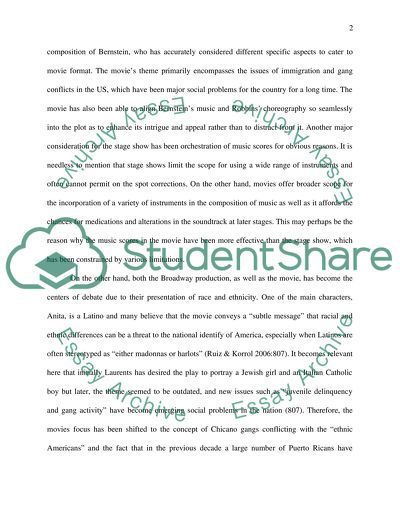Cite this document
(“West side story movies script analysis,comprising it with novel Essay”, n.d.)
West side story movies script analysis,comprising it with novel Essay. Retrieved from https://studentshare.org/visual-arts-film-studies/1634165-west-side-story-movies-script-analysiscomprising-it-with-novel
West side story movies script analysis,comprising it with novel Essay. Retrieved from https://studentshare.org/visual-arts-film-studies/1634165-west-side-story-movies-script-analysiscomprising-it-with-novel
(West Side Story Movies Script analysis,comprising It With Novel Essay)
West Side Story Movies Script analysis,comprising It With Novel Essay. https://studentshare.org/visual-arts-film-studies/1634165-west-side-story-movies-script-analysiscomprising-it-with-novel.
West Side Story Movies Script analysis,comprising It With Novel Essay. https://studentshare.org/visual-arts-film-studies/1634165-west-side-story-movies-script-analysiscomprising-it-with-novel.
“West Side Story Movies Script analysis,comprising It With Novel Essay”, n.d. https://studentshare.org/visual-arts-film-studies/1634165-west-side-story-movies-script-analysiscomprising-it-with-novel.


